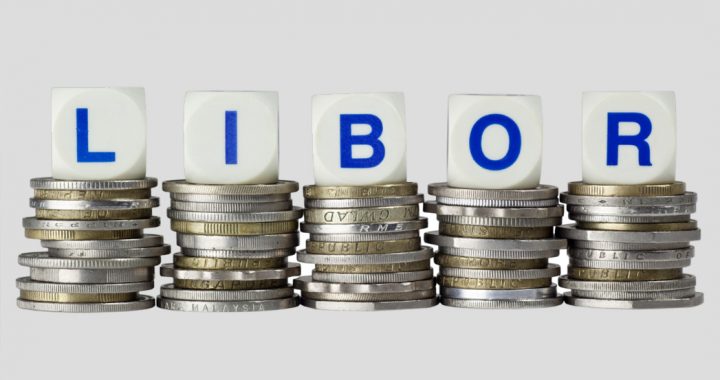It is well known that LIBOR is going away in 2021. Much has been said and written about this fact, and the reasons for its demise, since the issue was raised in 2014. However, with the deadline looming a couple of years away, exactly what progress has been made?
The SOFR (Secured Overnight Financing Rate) is the replacement rate that has been pushed to the forefront by the Alternative Reference Rates Committee (“ARRC”) appointed by the New York Federal Reserve. This rate was first published on April 3, 2018, by the New York Federal Reserve Bank and is now published each business day at approximately 8:00 a.m. The new rate is based on an average of short term repo loans that are backed by Treasury securities.
The transition to the SOFR in the traditional lending space will require market acceptance and adaptation. In what has been hailed the first big step in the direction of such acceptance in late July, Fannie Mae sold $6,000,000,000 of adjustable rate securities with interest at the SOFR plus a small spread. While meriting a story in the Wall Street Journal, it should be noted that this particular transaction does not provide any guidance to lenders who recognize the need to “do something” with respect to existing loans already on the books that mature after the critical date in 2021.
In anticipation of LIBOR being eliminated in 2021, a transition timeline has been published; however, the primary focus now is on products other than term lending. Many lenders may take comfort in the fact that their loan documents provide that in the event the LIBOR Rate is unavailable, the lender may substitute an alternative index, which is usually some variation of Prime Rate. A couple of problems come to mind in connection with relying on this provision.
One concern is that the current alternate rate provisions in existing loan documents were intended to address a potential short disruption (whether mechanical or otherwise) in the ability of a financial institution to obtain a LIBOR quote in the market; these provisions were never intended to be a long-term fix for any and all issues that arose. Another issue is that the SOFR is an overnight rate that does not deal with either credit risk concerns and/or stress in the credit markets. Consider that if this fall back rate was implemented today, prime rate plus any spread is going to be significantly higher than the current LIBOR, which could even be more of any issue as prime rates continue to rise. The long and the short of it is that the SOFR it is not going to be readily adopted in its current form as it does not reflect long term risk.
On a positive note, the Alternate Reference Rates Committee has implemented working groups to address business loans, variable rate notes and mortgages, and is in the process of developing a rate that can be used in the syndicated loan market. It is anticipated that the SOFR will be modified to include a one or three month rate option (as opposed to an overnight rate) and that some quantum of risk will be incorporated.
On a not so positive note, it has also been suggested that LIBOR will not completely go away in 2021, opening the door for a “Zombie rate”. The Zombie rate could take a couple of forms. One possibility that has been suggested is that a lender and a borrower could agree that on the day the last the LIBOR is published in 2021, that published rate would govern the loan going forward to its maturity date. The other way that zombies could walk the earth is that a handful of banks will continue to quote a LIBOR rate of some sort. Neither one of these scary things should come to pass, but accelerating the LIBOR replacement process will cause bankers to sleep better.
